The Employees’ Provident Fund Organisation (EPFO) is a vital pillar of India’s social security system, providing financial security to the nation’s salaried employees. As one of the world’s largest social security organizations, it operates under the Ministry of Labour and Employment, Government of India.
Its primary mission is to manage a mandatory provident fund, a pension plan, and an insurance scheme for employees in the organized sector.
Established under the Employees’ Provident Funds & Miscellaneous Provisions Act, 1952, EPFO aims to leverage technology to deliver better and seamless services to its members.
Governance and Organizational Structure
EPFO’s governance is based on a tripartite model, ensuring that all key stakeholders have a voice in its administration.
- Central Board of Trustees (CBT): The Act and the schemes under it are administered by the Central Board of Trustees, Employees’ Provident Fund. This board comprises representatives from the Central and State Governments, employers, and employees, ensuring a balanced and inclusive approach to decision-making. The Union Minister for Labour and Employment serves as the chairperson of the board.
- EPFO as the Administrative Body: The CBT is supported in its administrative functions by the Employees’ Provident Fund Organization. The EPFO is led by the Central Provident Fund Commissioner (CPFC), who oversees the organization’s daily operations, ensures compliance with regulations, and manages service delivery. The organization has an extensive network of offices across the country to effectively serve its members and employers.
- What Is PF? The Shocking Truth Every Employee Must Know About EPF!
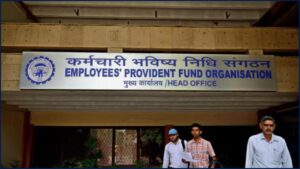
- EPFO Online Services: The Quickest Way to Check PF Balance & Withdraw Money Instantly!
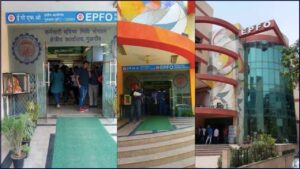
- UAN Number Explained: Why This One ID Can Change How You Handle Your PF Forever!
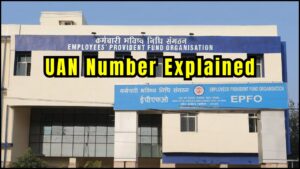
Core Schemes Managed by EPFO
The EPFO administers three principal schemes that together provide a comprehensive social security shield for its members.
Main Schemes
Employees’ Provident Fund
(EPF)
A mandatory savings scheme for retirement in which both employees and employers contribute.
Employees’ Pension Scheme
(EPS)
Provides monthly pension to members after retirement or in case of disability.
Employees’ Deposit Linked Insurance
(EDLI)
Offers insurance cover to the nominee in case of the member’s death during service.
1. Employees’ Provident Fund (EPF) Scheme, 1952
This is the cornerstone scheme of the EPFO, serving as a mandatory retirement savings plan for salaried workers.
- Contributions: Both the employee and the employer make monthly contributions to the EPF account. The employee contributes 12% of their basic salary plus dearness allowance. The employer also contributes a similar amount, which is then allocated across the three different schemes. Employer’s Contribution Allocation Percentage of Basic Salary + DA Towards Employees’ Provident Fund (EPF)3.67%Towards Employees’ Pension Scheme (EPS)8.33% (up to a certain wage limit) Towards Employees’ Deposit Linked Insurance (EDLI)0.5%EPF Administrative Charges0.5%
- Interest: The funds in the EPF account grow over time with the addition of interest. The EPFO’s Central Board of Trustees recommends the annual interest rate, which is then approved by the Ministry of Finance.
- Withdrawals: The total accumulated amount, consisting of contributions and interest, becomes available to the employee at the time of retirement. The scheme also allows for partial withdrawals for specific life events, such as building a house, funding education, covering marriage expenses for oneself or children, and managing medical emergencies. In the event of unemployment lasting for one month, a member can withdraw up to 75% of their funds, with the remaining balance available if unemployment continues for more than two months.
2. Employees’ Pension Scheme (EPS), 1995
The EPS is designed to provide a steady stream of income for members after they retire.
- Objective: The primary goal is to offer a monthly pension to members upon reaching the age of superannuation, in case of disability, or to their surviving family members if the member passes away.
- Funding: This scheme is funded by diverting 8.33% of the employer’s monthly contribution into the EPS account. The government also makes a small contribution to the overall pension fund.
- Benefits: It provides a monthly income stream for retirement, disability, as well as pensions for widows, widowers, and children.
3. Employees’ Deposit Linked Insurance (EDLI) Scheme, 1976
The EDLI scheme functions as a life insurance cover for all EPF members.
- Objective: It aims to provide a lump-sum payment to the nominee or legal heir of a member if they die while still in service.
- Funding: This scheme is funded solely by a 0.5% contribution from the employer’s share. Employees do not make any contributions to the EDLI scheme.
- Benefit: The insurance payout is determined based on the employee’s last drawn salary, with a maximum assurance benefit of up to ₹7 lakh.
The Universal Account Number (UAN)
A transformative development in the modernization of EPFO was the introduction of the Universal Account Number (UAN). The UAN is a unique 12-digit number assigned to every employee who contributes to the EPF.
- Portability: The main advantage of the UAN is that it provides a portable identity for employees. It acts as a single, overarching account that links multiple Member IDs an individual may acquire from different employers throughout their career. This has greatly simplified the process of transferring EPF balances when changing jobs.
- Online Access: Activating the UAN is essential as it grants access to a wide array of online services. Members can check their balance, download their passbook, update their personal and KYC details, and submit online claims for withdrawals and transfers through the UAN member portal.
Digital Transformation and Service Enhancement
In recent times, the EPFO has undertaken a significant digital transformation initiative, driven by its mission to provide seamless services in a transparent, contactless, faceless, and paperless manner.
- Unified Portal: A unified online portal has been established for both members and employers, streamlining critical processes such as online registration, monthly return filing, and claim submissions.
- Mobile Application: The EPFO offers a mobile application that allows members and pensioners to access key services like balance inquiries and passbook viewing directly from their smartphones.
- Auto-Claim Settlement: The organization is progressing towards an automated claim settlement system to speed up the delivery of benefits and establish a resilient system with multi-locational processing capabilities.
- SMS Services: Members can receive their account balance and other important details on their mobile phones through a simple SMS service, provided their UAN is activated and linked.
These initiatives are aimed at improving the ease of living for members and pensioners while also enhancing the ease of doing business for employers. By harnessing the power of technology, the EPFO is steadily evolving into a more efficient, transparent, and user-friendly organization dedicated to the economic and social well-being of its members.
- EPF Rules: Is It Possible to Maintain 2 PF Accounts?
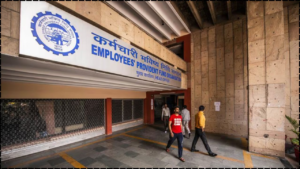
- Is Your Money Safe? Find Out Where EPFO Invests Your PF Funds

- Important Update: Can You Withdraw PF Money Without a UAN Number? Here’s How

- PF Advance or Loan? Which Option to Choose in Need, EPFO Explains

- EPFO Issues New Directive or Your PF Money May Get Stuck

- Good News for Pensioners: Submit Life Certificate from Home, Know the Full Process

- PF Balance Check: How to Check the Balance in Your PF Account

- PF Withdrawal Process: How Many Days Will It Take to Receive the Full Amount? Understand the Rules

- How to Check PF on Mobile? Learn How to View Your PF Balance Without a PIN
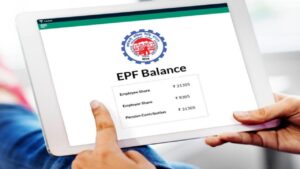
- EPF Contribution Rule Change: New Formula Implemented for PF Calculation After Salary Structure Revision

- EPFO Insurance: Know How to Get ₹7 Lakh Insurance Coverage Under EPFO Scheme, Eligibility and Claim Process Explained

- PF Advance: Easy Way to Withdraw Money from Your PF Account in Case of Emergency

- EPFO Passbook: How to Check Your PF Balance and Download Passbook Online

- EPF e-Nomination: Important Update for PF Account Holders, Why It’s Mandatory and How to Do It
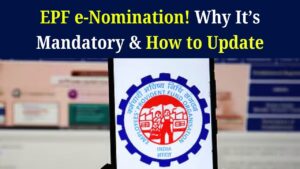
- PF Interest 2025: Understand the Interest Rate and Calculation Process in Simple Terms

- EPFO KYC Update: Step-by-Step Mobile Guide to Update KYC and Enjoy Extra Benefits
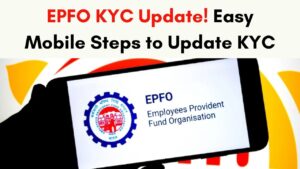
- How much EPF pension does a wife receive after her husband’s death?

- What is the formula for calculating EPF pension?

- How much pension is given at the age of 60?

- How much pension do private sector employees receive?

- What is EPF Pension Scheme 1995?

- How much pension is paid after retirement under EPF?

- How much PF contribution is deducted per month?

- Can PF amount be doubled after retirement?

- EPFO Makes Major Change: Full PF Withdrawal Now Available in 12 Months Instead of 2

- When do employees get full EPF pension benefits?

- 7 Biggest PF Withdrawal Rules: When Can You Withdraw 100% of Your Money, and When Can’t You?

- 5 Secret Tips to Save TAX While Withdrawing PF, Guaranteeing ₹50,000 in Savings!

- How Much PF Money for Daughter’s Marriage? Check These 4 Conditions Immediately!

- Withdraw Up to ₹1 Lakh Advance PF in 24 Hours from Home! Know the 3 Easy Steps.

- UAN Not Linked to Aadhaar? EPFO Gives New 15-Day Deadline, or Your PF Will Be Stuck!
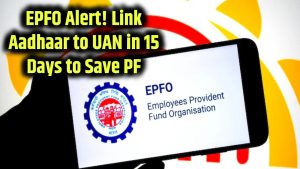
- How Much Pension on a ₹20,000 Salary? The New EPS-95 Calculation Formula.

- When Will You Get ₹15 Lakh Gratuity? What is the Rule for Just 5 Years of Service?

- Pension Has Stopped? Money Gets Stuck Due to These 3 Mistakes—Fix Them Immediately.

- Getting an Income Tax Notice After PF Withdrawal? Avoid These 2 Mistakes.

- Why Are Online PF Claims Rejected? 7 Biggest Reasons and Their Solutions.

- PF Advance for Incomplete House Too? EPFO’s New Rule Is Applicable.

- 25% of EPF Locked Forever? What Did the PIB Fact Check Reveal?
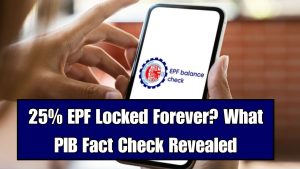
- Why Does PF Show Two Dates of Exit (DOE)? Fix This Immediately.

- Unemployment PF Withdrawal: Wait 2 Months or 12 Months? Know the Correct Rule.

- Why is UAN-Aadhaar Linking Essential for PF Withdrawal? New Circular.

- PF Claim Status: What is the Difference Between ‘Settled’ and ‘Under Process’?

- Check PF Balance in 2 Minutes: SMS, Missed Call, and Umang App Methods.
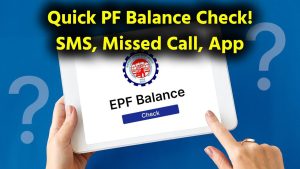
- 3 Mistakes in Your PF Passbook: Fix Them Now or Face Loss at Retirement.

- EPFO Changes PF Withdrawal Conditions! Money Only Available After These 4 Actions.

- More Than ₹5 Lakh in PF? You Must Pay Tax Now, Here’s How to Avoid It!

- ₹7 Lakh Insurance Cover with PF Account! Know How You Can Get This Benefit
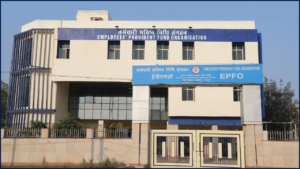
- Why Linking Aadhaar and Bank Account to PF Is a Must – Avoid Big Trouble
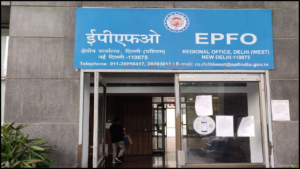
- Salary Alert! PF Contribution Will Now Be Calculated in a New Way – Check New Rule
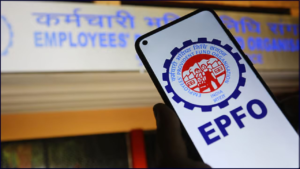
- EPS-95 Pensioners’ Big Relief: Proposal to Increase Minimum Pension – Will Govt Approve?

- Big Update! Now Get All Your PF Details on WhatsApp – Know How to Use It

- EPF vs PPF: Which Investment Gives Higher Returns? Experts Reveal the Truth

- Is Your Employer Really Depositing Your PF? Here’s How to Find Out Instantly
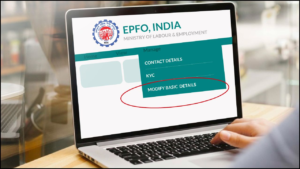
- PF Claim Stuck or Settled? Check Your PF Claim Status Online in Minutes!
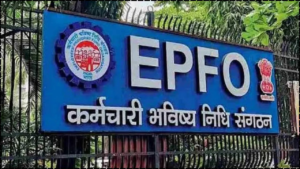
- Do It Today: New Way to Check PF Balance – Just Send an SMS and Get Instant Reply with Details

- Shocking! Your PF Account Could Be Closed Soon – EPFO Issues These 3 Big Warnings for Subscribers

- New Update Issued: Now Change Your PF Nominee Name Online Sitting at Home – EPFO Explains Complete Step-by-Step Process

- Government’s Big Decision: Will PF Account Holders Get Double Pension? Major Update Released on EPS-95 Scheme

- Check Immediately: Is Your PF Contribution Not Getting Deposited? These 5 Common Mistakes Could Be the Reason

- EPFO Overhauls PF Withdrawal Rules for Faster Access to Funds

- EPFO Account: How to Create and Activate Your Login
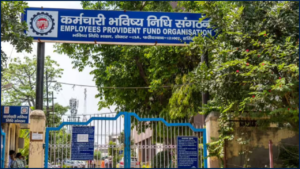
- UAN Details: Step-by-Step Guide to Check Your UAN Online
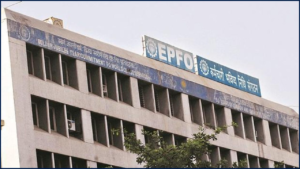
- PPO Number: What It Is and Why Pensioners Need It

- Salary Breakdown: What Does PF Mean in Your Payslip?

- PF Guide: How to Open a Provident Fund Account
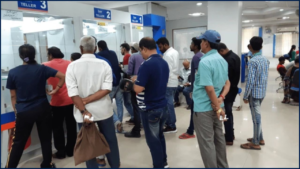
- EPF Update: Can You Approve Bank Details Without Employer Approval?
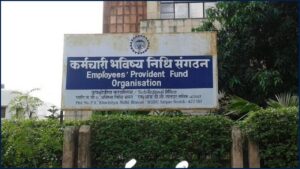
- EPFO KYC: Who Can Verify Your Bank Details?

- Pension Balance: How Indians Can Check Their Pension Accounts Online

- Top 10 PF Benefits: Why Every Employee Should Love This Scheme!

- Inactive PF Account? Do THIS Immediately to Reactivate It!
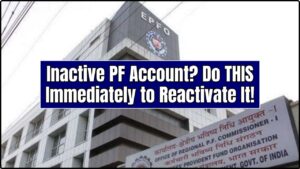
- EPFO Mobile App: How UMANG Unlocks Every PF Service on Your Phone!

- PF Balance by SMS: Check Your Money Without Internet—Here’s How!

- Link UAN With Aadhaar: The Smart Move That Unlocks Extra Benefits!
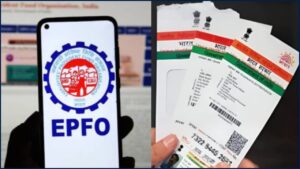
- PF Claim Rejected? Here’s the Real Reason & How You Can Fix It Fast!

- EPFO Challenges: The Untold Problems Behind Its Digital Transformation!

- EPF vs PPF: The Ultimate Battle—Which One Will Make You Richer?

- PF Transfer: The Insider Method to Move Your PF From One Job to Another Hassle-Free!
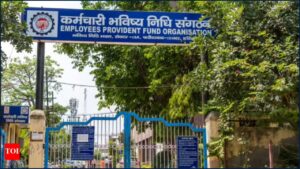
- EDLI Insurance Scheme: The Life-Saving Benefit Most Employees Don’t Use!
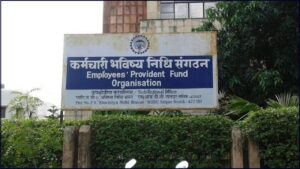
- EPFO KYC Update: Unlock Exclusive Benefits With This One Update!

- PF Interest Rate: How Much You Really Earn—And the Smart Formula Behind It!

- EPFO e-Nomination: Why Skipping This Step Could Put Your Family at Risk!
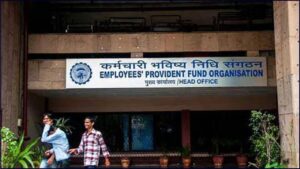
- PF Passbook: The Secret Way to View & Download It Online in Seconds!
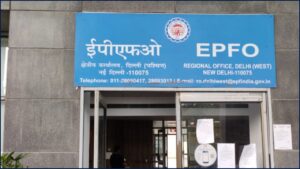
- PF Loan: How to Instantly Unlock Cash From Your PF Account in Emergencies!
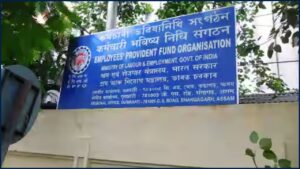
- PF Contribution: Find Out How Much Is Cut From Your Salary—And Why!

- EPS Pension Scheme: Hidden Benefits You Didn’t Know You Could Get!
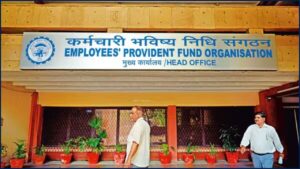
- PF Online Claim: Step-by-Step Guide to Get Your Money Faster Than Ever!

- PF Withdrawal After Job Change: Don’t Miss This Simple Trick!

- UAN Number Explained: Why This One ID Can Change How You Handle Your PF Forever!

- EPFO Online Services: The Quickest Way to Check PF Balance & Withdraw Money Instantly!

- What Is PF? The Shocking Truth Every Employee Must Know About EPF!
